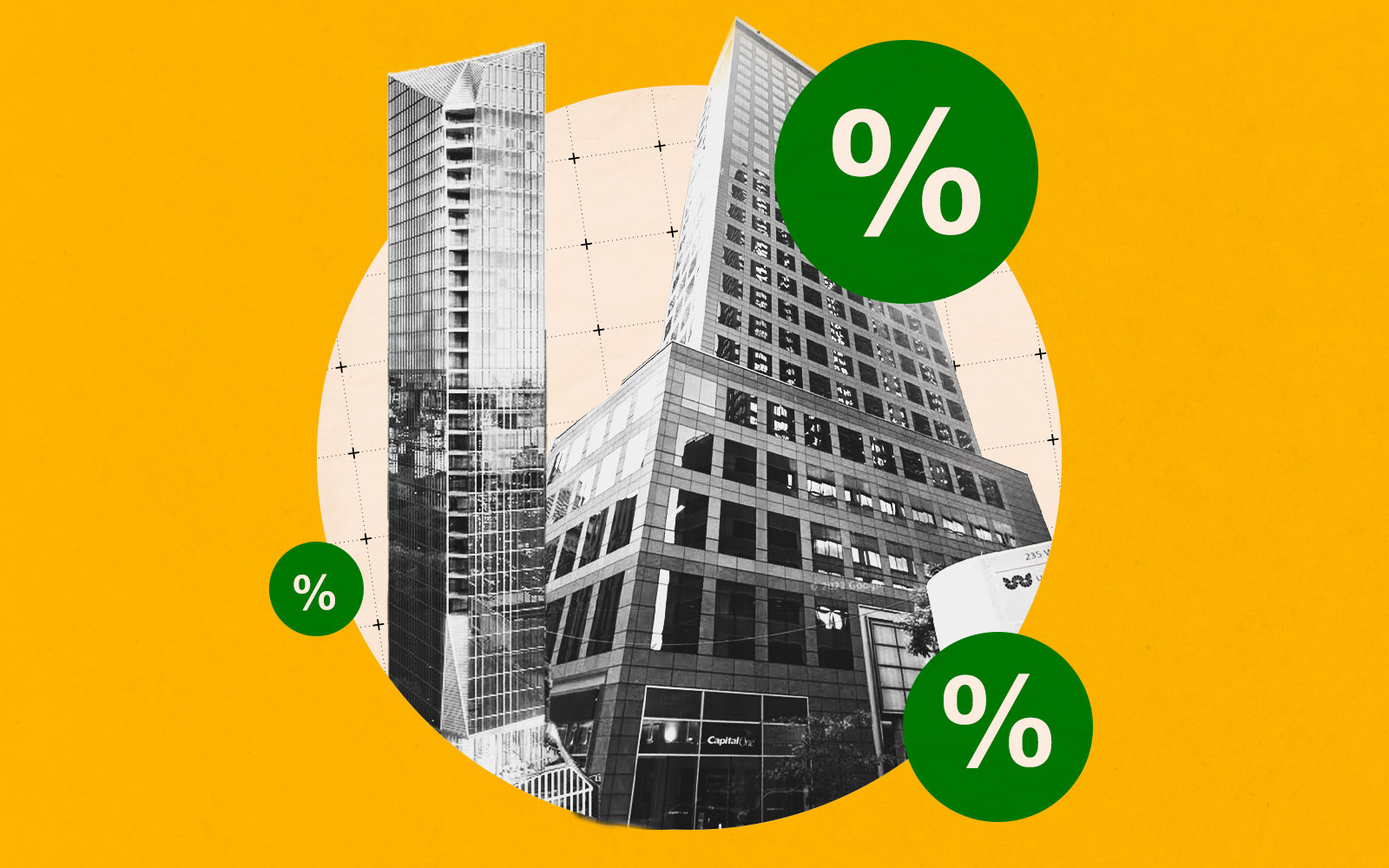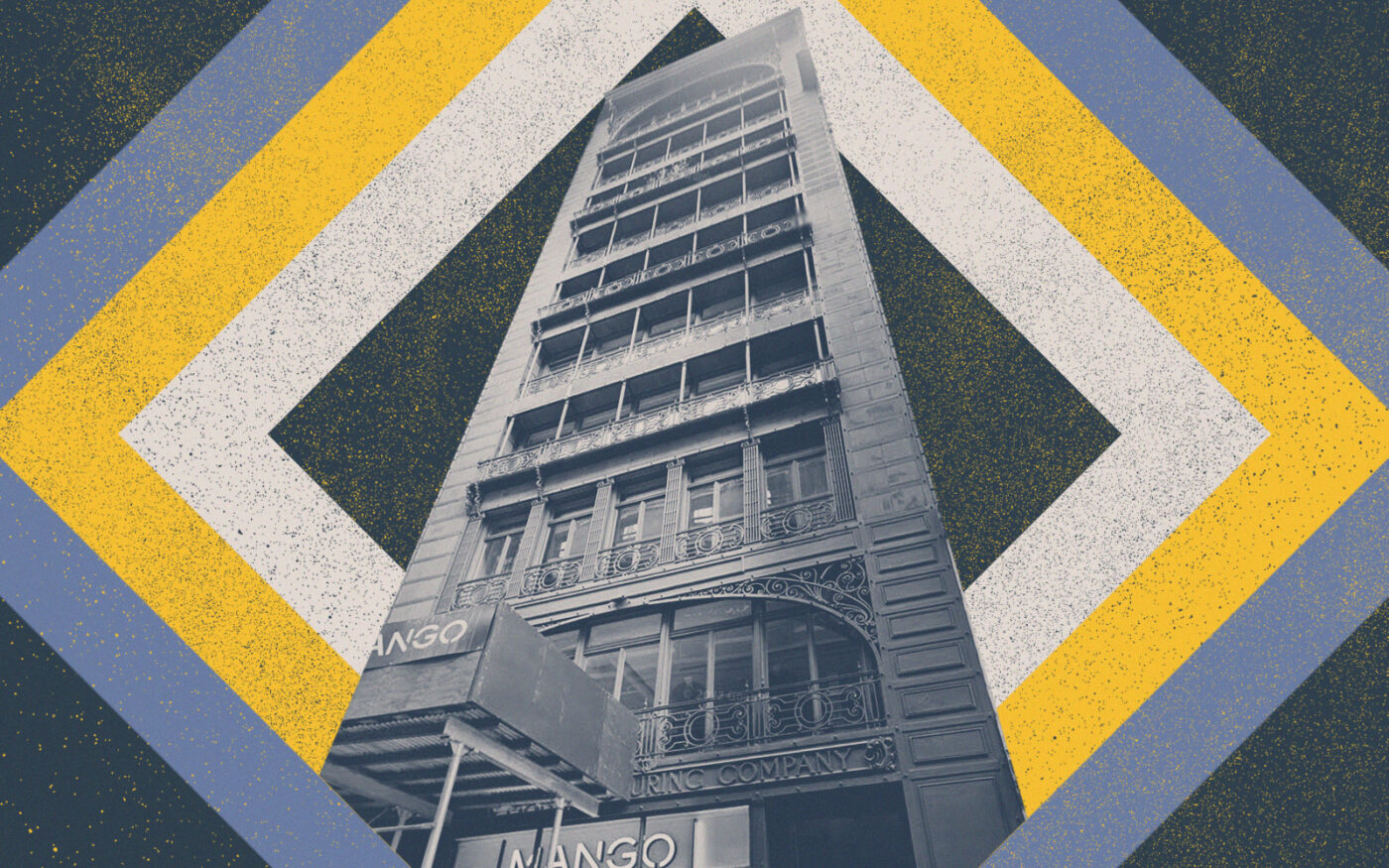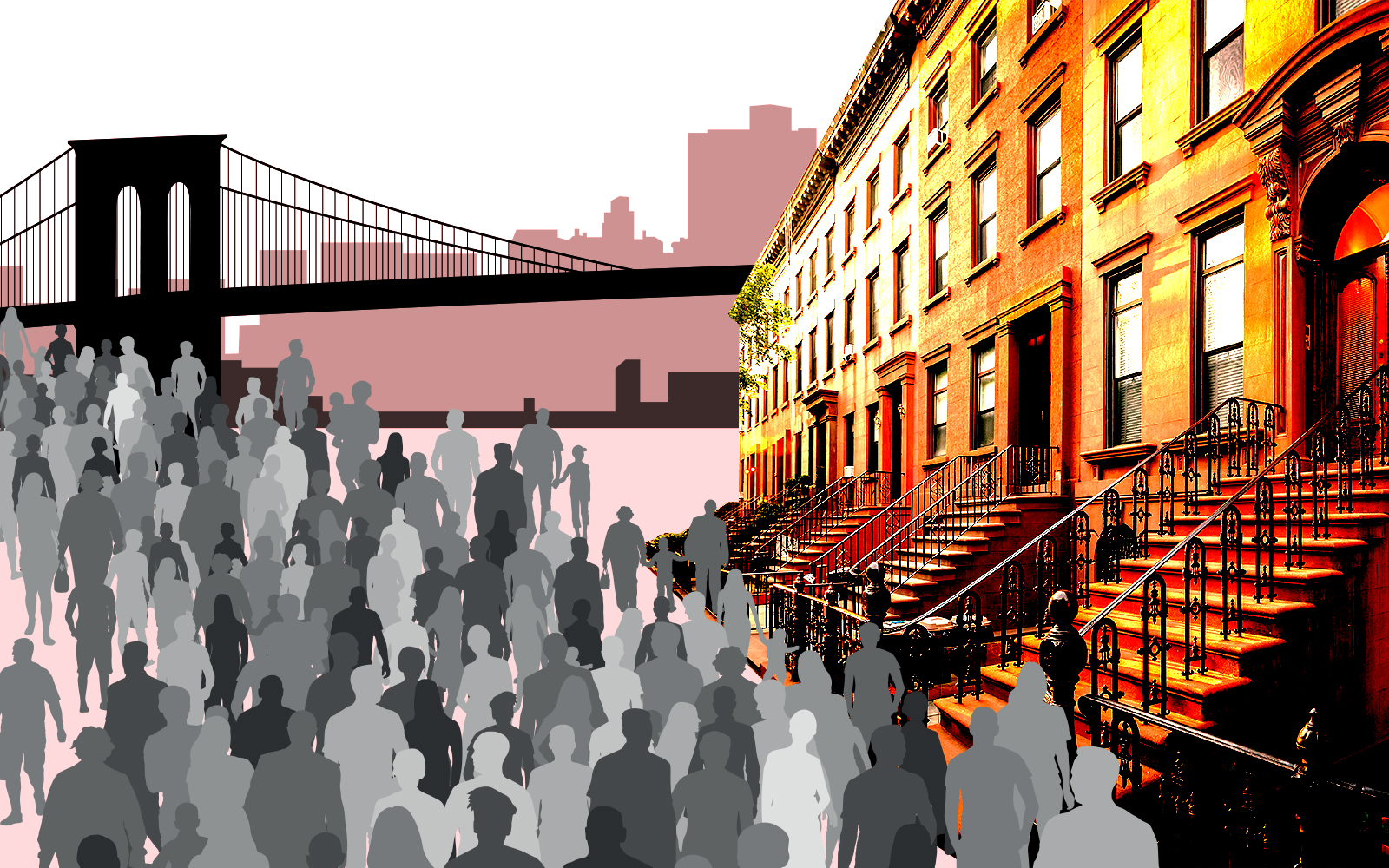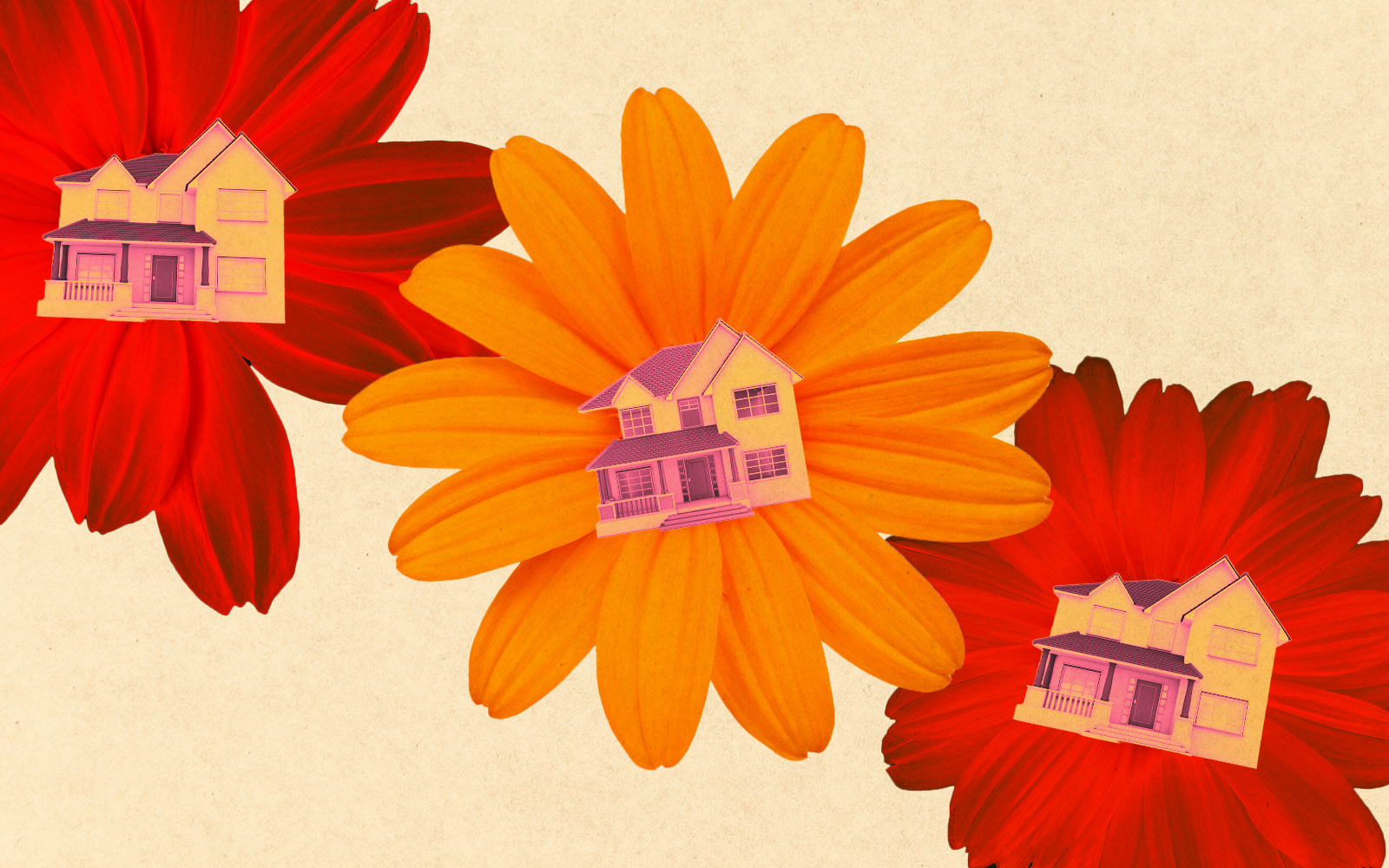 Heavily discounted Billionaires’ Row condo tops Manhattan contracts
Heavily discounted Billionaires’ Row condo tops Manhattan contracts
Trending
Soho co-op sells for less than half its initial $22.5M ask
Prince Street penthouse’s journey reflects cooling demand for large co-ops in recent years

88 Prince Street (Google Maps, Getty)
A princely Soho penthouse has found a buyer at last — after the sellers knocked more than $12 million off its asking price.
The four-bedroom co-op atop 88 Prince Street closed for $8.9 million on Tuesday, selling below its $10 million asking price and for less than half of the $22.5 million the sellers sought when they first listed it in 2017. It had been floating on and off the market each year since.
Compass’ Philip Scheinfeld had the most recent listing, which hit the market in October.
Scheinfeld said the sellers, who had relisted the co-op for $18 million in 2018 and $14.9 million in 2020, relented when he told them that it “needed to be under $10 million.” They bought it in 2008 for $5.8 million.
The combo apartment spans 4,500 square feet with over 1,300 square feet of outdoor space, including a roof and multiple balconies, plus a private elevator. A gut renovation by the sellers added a floating staircase and textured floors in the primary bedroom designed to massage the occupant’s feet.
Those upgrades were not enough to draw the sky-high asking price the owners sought, putting the co-op in line with other larger units that have struggled to appreciate in value in recent years.
Four-bedroom condos and co-ops in Manhattan have actually seen their average sale prices decline significantly over the past decade on a per-square-foot basis, according to a report compiled for Douglas Elliman by Jonathan Miller.
The average price per square foot of a four-bedroom co-op in Soho fell from $2,074 in 2013 to $1,960 last year. Pricing peaked in 2017 at $2,203 a square foot.
Miller attributes the lack of appreciation to the 2017 Tax Cuts and Jobs Act, which capped the amount homeowners could deduct from their property tax at $10,000 and made owning high-end homes in high-tax states like New York more expensive.
“I would characterize the pandemic era as largely moving sideways,” Miller said. “I don’t think it’s a factor of being downtown. Other markets have done very well downtown.”
Read more
 Heavily discounted Billionaires’ Row condo tops Manhattan contracts
Heavily discounted Billionaires’ Row condo tops Manhattan contracts
 Brownstone Brooklyn siphoning demand from Manhattan, Williamsburg
Brownstone Brooklyn siphoning demand from Manhattan, Williamsburg
 Manhattan, Brooklyn markets could see spring thaw
Manhattan, Brooklyn markets could see spring thaw




